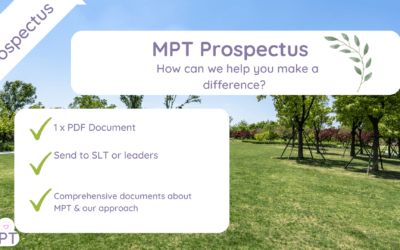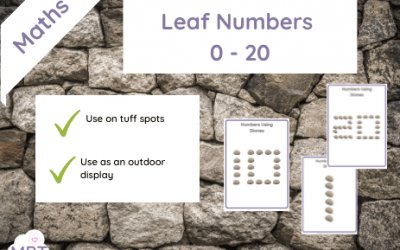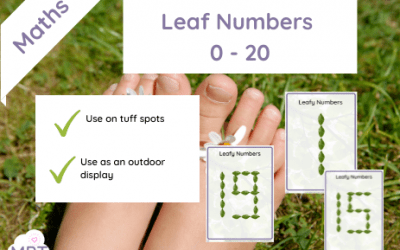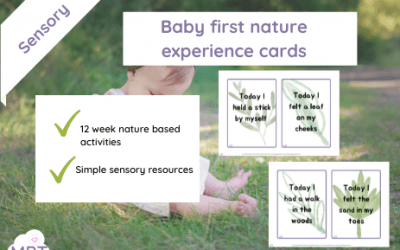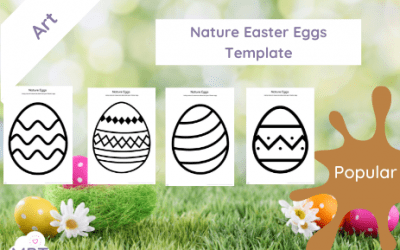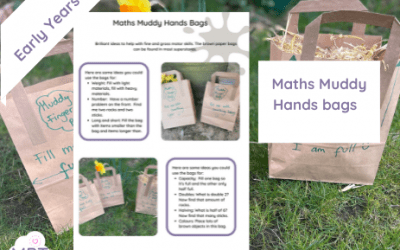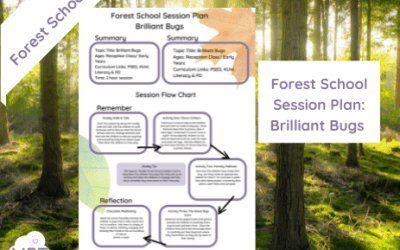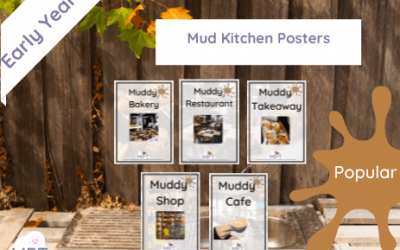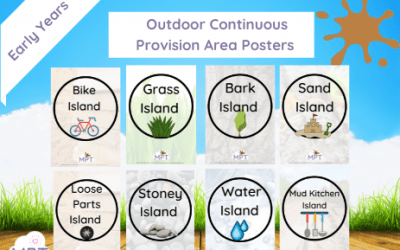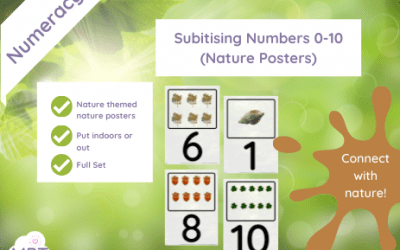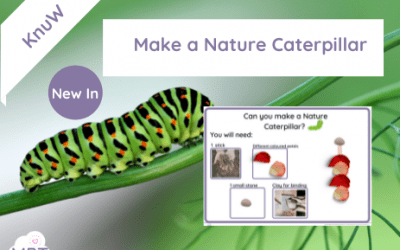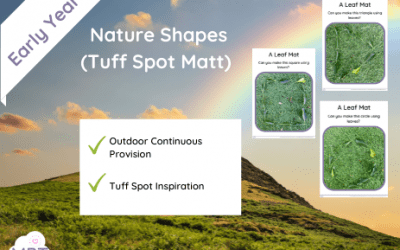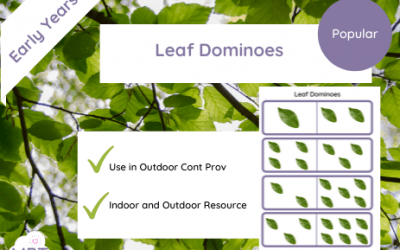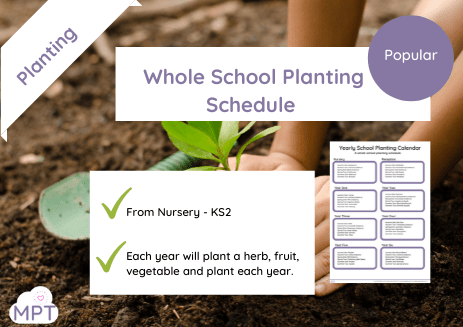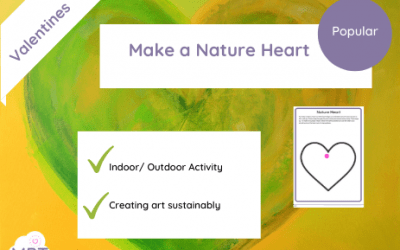The MPT Prospectus What does this resource include? 1 x 27-page PDF document explaining the services w have at MPT...
Subitising Numbers 0-10 (Nature Posters) (Flashcard)
May 4, 2022
Use Subitising Numbers 0-10 (Nature Posters) to gather up loose parts play that will encourage children to add nature...
Numbers in Stones (Tuff Spot/Display)
May 4, 2022
This versatile resource is going to save you time and improve the quality of your outdoor provision. Use on tuff spots...
Numbers in Leaves (Tuff Spot/Display)
May 4, 2022
Time to make early years outdoors a little easier for yourself? These cards are great to give direction for tuff...
Baby first nature experience cards
Apr 26, 2022
Baby first nature experience cards this a great nature-based flashcard set. Choose one card every week to experience...
Nature Easter Eggs Template
Apr 7, 2022
Use Nature Easter Eggs to enhance your outdoor learning, find more outdoor learning resources under your year group...
Muddy Hands Bags (Maths)
Mar 28, 2022
Time to get those little hands muddy with these innovative ideas for great fine and gross motor practice.
Forest School Session Plan – Brilliant Bugs
Mar 28, 2022
Forest School the Muddy Way! Use some of our Forest School resources to help us do the work so you get to play! Use...
Muddy Kitchen (Themed Posters)
Mar 18, 2022
Try some of our resources for Free. Sign up to our free outdoor learning membership here.
Outdoor Continuous Provision Area Posters
Mar 18, 2022
Wow! Let us help you organise your outdoor area with these amazing downloadable posters. Laminate and display outside...
Subitising Numbers 0-10 (Nature Posters)
Mar 17, 2022
Use a bit of muddy inspiration and take some of your posters outside! Subitising Numbers 0-10 (Nature Posters) will...
How to make a Nature Caterpillar (Tuff Spot)
Mar 7, 2022
Such a simple but much-loved activity. Children follow the instructions as they make their very own Nature...
Nature Shapes (Tuff Spot Matt)
Mar 3, 2022
Use our Lead Dominoes to play Dominoes the natural way, perfect for early years outdoor activities and outdoor...
(FREEBIE) Leaf Dominoes
Feb 15, 2022
Fancy a game of Leaf Dominoes? Use real leaves to have fun subatising and learning more about numbers. Works well in...
Pebble Dominoes
Feb 15, 2022
Fancy a game of pebble Dominoes anyone? This fun and interactive game will help children gain sensory experiences...
Whole School Yearly Planting Calendar
Feb 10, 2022
Make a Nature Heart
Feb 9, 2022
How to make a Flower Press (Home Learning)
Feb 8, 2022
New In
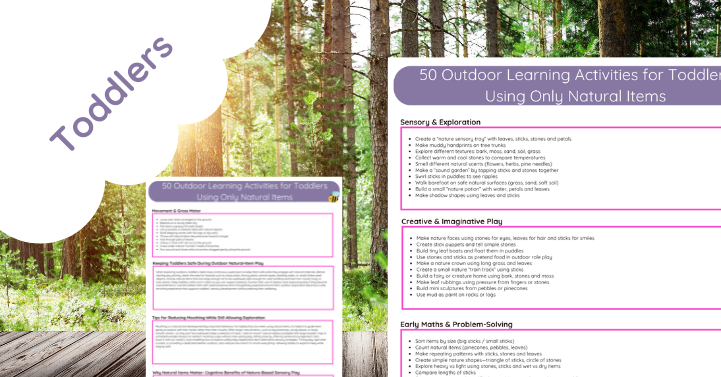
50 Outdoor Learning Activities for Toddlers Using Only Natural Items
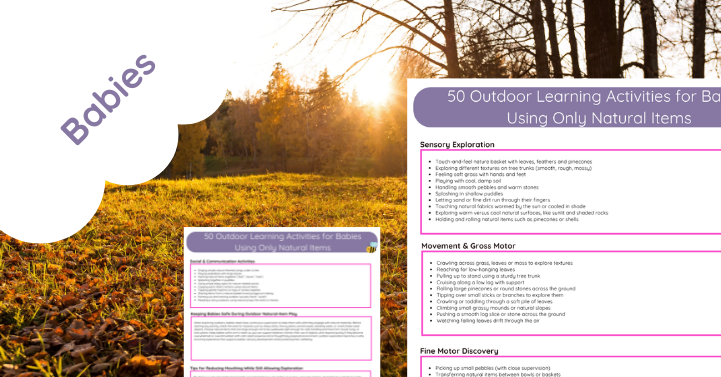
50 Outdoor Learning Activities for Babies Using Only Natural Items
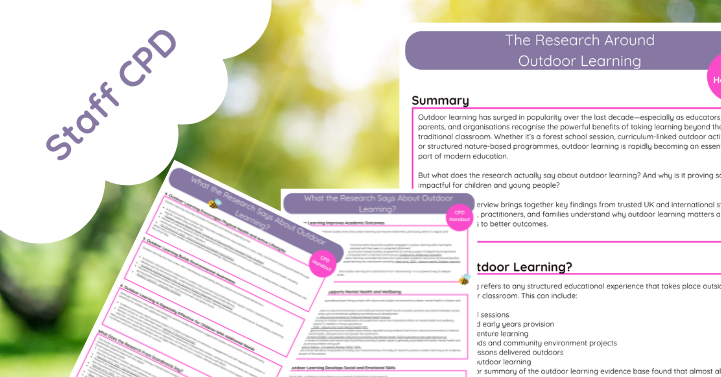
The Research Around Outdoor Learning (CPD Handout)

CPD Handout: What Scandinavian Countries Do to Support SEND Children

Forest School Story-Linked Lesson Ideas
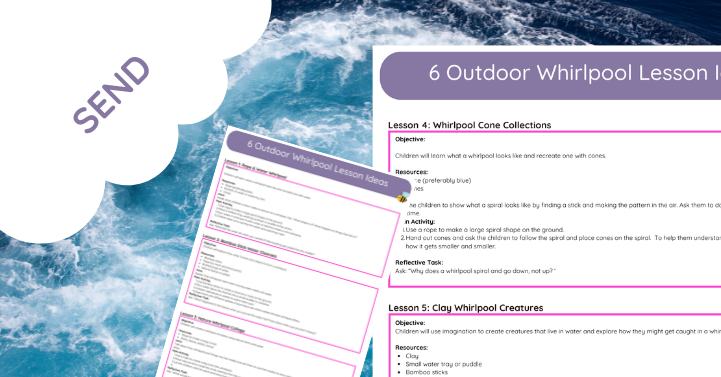
Whirlpool Lesson Ideas – SEND Pack

Tornado Lesson Pack for SEND
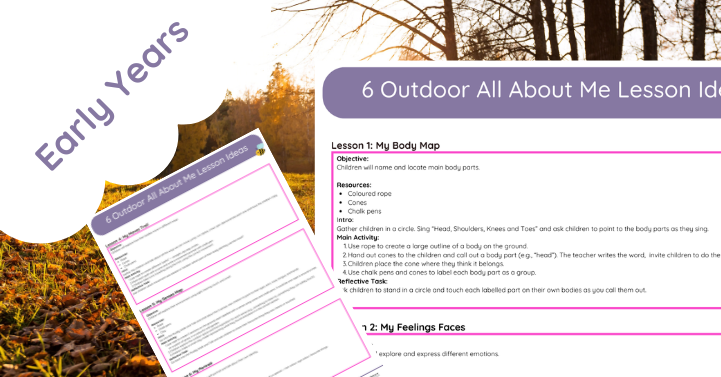
All About Me Lesson Ideas

Lunar New Year Outdoor Arts Pack



